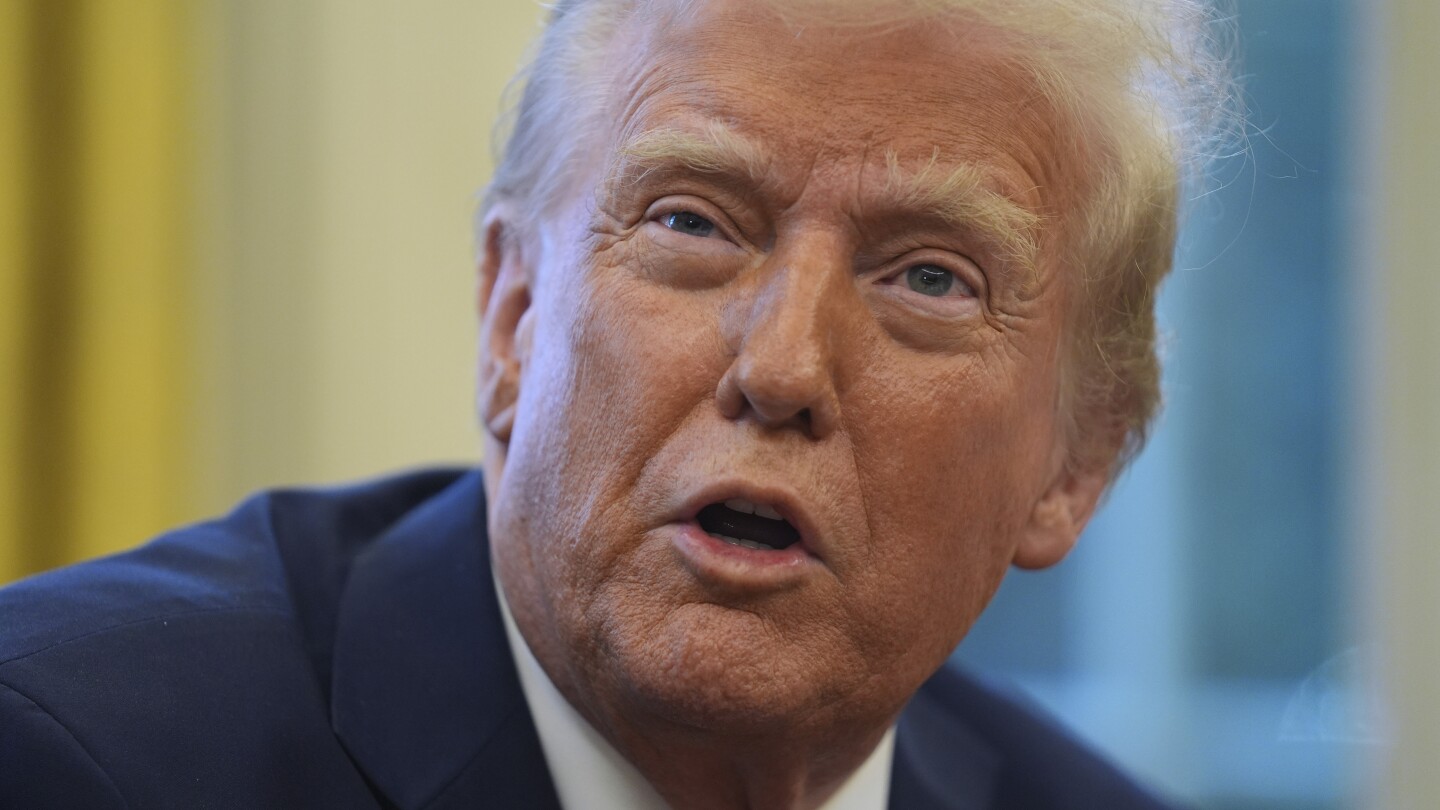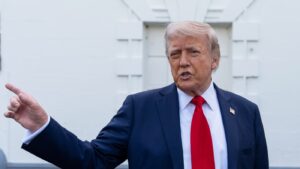In a bold economic maneuver that could reshape global trade dynamics, President Donald Trump has launched sweeping tariffs against America’s top trading partners, marking one of the most significant trade policy shifts in recent U.S. history. The move, announced from Palm Beach, Florida, imposes substantial duties on imports from China, Mexico, and Canada, despite warnings from economists about potential inflation risks and market disruptions.
New tariff structure and immediate impacts
The executive order signed by Trump establishes a 25% tariff on imports from Mexico and Canada, while implementing a 10% duty on Chinese goods. Canadian oil receives special consideration with a reduced 10% rate. The White House has included provisions for rate escalation if these nations implement retaliatory measures, as they have threatened to do.
National security and economic objectives
Trump frames these tariffs as a dual-purpose initiative, targeting both the fentanyl crisis and his broader economic agenda. “You see the power of the tariff,” Trump stated. “Nobody can compete with us because we have by far the biggest piggy bank.”
The president’s strategy reflects his campaign promises and his vision of returning to what he considers America’s economic golden age. He frequently references the 1890s under President William McKinley, whom he has dubbed the “tariff sheriff,” as a model for his trade policies.
International response and potential consequences
Canada and Mexico have already signaled their readiness to respond. Canadian Prime Minister Justin Trudeau has announced a CDN$1.3 billion (US$900 million) border security initiative while warning of potential retaliatory measures. Mexican President Claudia Sheinbaum indicated her country has multiple contingency plans, stating Mexico has “Plan A, Plan B, Plan C for what the United States government decides.”
Economic implications and market reaction
The announcement has already triggered market responses, with the S&P 500 experiencing a decline following Trump’s Friday announcement. Brad Setser, a senior fellow at the Council on Foreign Relations, noted on X that these tariffs “if sustained, would be a massive shock — a much bigger move in one weekend than all the trade action that Trump took in his first term.”
Research by economists suggests these trade measures could impact economic growth across all affected nations, with Canada and Mexico potentially facing more severe consequences due to their heavy reliance on U.S. trade. The policy also risks increasing consumer prices at a time when inflation expectations are already rising, with the University of Michigan’s consumer sentiment index showing expectations of 3.3% inflation.
Congressional response
Democratic lawmakers are pushing for legislation to limit presidential tariff authority, though such efforts face significant challenges in the Republican-controlled Congress. Senator Chris Coons (D-Del.) warned, “If this weekend’s tariffs go into effect, they’ll do catastrophic damage to our relationships with our allies and raise costs for working families by hundreds of dollars a year.”





